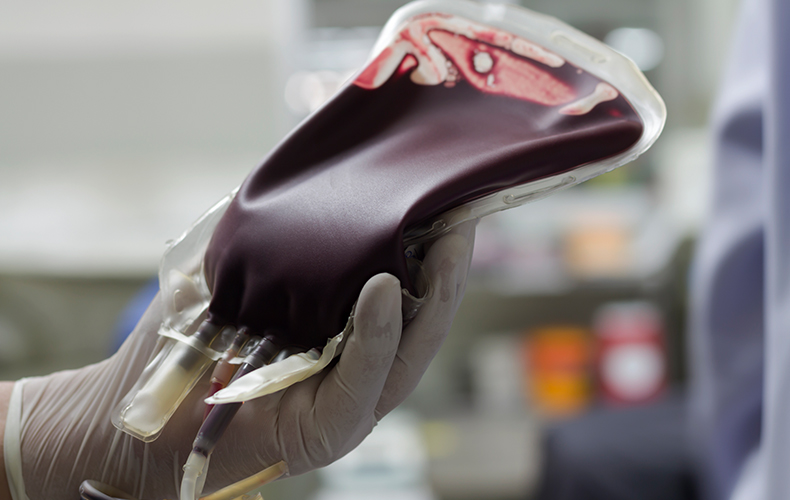
Many more parents are now deciding to save their child’s umbilical cord blood after birth, along with the accompanying stem cells in case these are needed for treatment or therapy in the future. The process by which this is done is non-invasive and the technology for storage has improved considerably over the last few years.
There are two ways you can approach umbilical cord blood preservation. You can choose to be a general donor and give it to a public bank that accepts donated cord blood or you can opt to have your child’s cord blood privately stored for your family’s exclusive use in the future. This, of course, involves finding the right private cord blood bank to handle this for you.
First of all, you need to make sure your healthcare provider is aware that you want to save the umbilical cord blood and obtain a specially designed cord blood kit from your chosen private cord blood bank.
Once the umbilical cord is cut, the healthcare provider or midwife will use cord blood kit to collect the cord blood, a process that takes just a few minutes. When this has been collected it is then packaged safely with your child’s details and sent to the storage facility of your choice.
When the cord blood sample arrives at the storage facility, the umbilical cord blood preservation begins in earnest. Cells4Life offers the mot comprehensive cord blood storage options to parents:
- Volume-Reduced Storage: focuses on extracting and preserving the largest number of haematopoietic stem cells (HSCs) from the umbilical cord blood using the AXP technology.
- Whole Cord Blood Storage: preserves the cord blood without extracting anything so it retains all the stem cell types present in the cord blood.
- CellsPlus Storage: powered by TotiCyte, a ground-breaking blood separation technology patented and exclusive to Cells4Life. This technology removes 99% of red blood cells and preserves rare, primitive cell types within the cord blood.
WATCH VIDEO: CELLS4LIFE CORD BLOOD AND CORD TISSUE STORAGE SERVICES
Whichever option is taken, the cord blood sample must also first be tested for diseases such as HIV, Hepatitis and other potential problems before it is taken to storage. Other tests will be undertaken including calculating the sample volume, viability and total nucleated cell count.
Once the tests are all done, the sample is then preserved in storage tanks. Cells4Life provide parents to opportunity to store cord blood samples for up to 60 years, as well as the option to store in 2 separate geographic storage locations for more security and in multiple subdivisions for more treatment possibilities.
When choosing a private storage company to undertake umbilical cord blood preservation it is important to check what facilities they use and the kind of support that they offer to parents. Most adhere to strict guidelines to ensure that they treat the blood that is given to their care in a professional and transparent manner.


